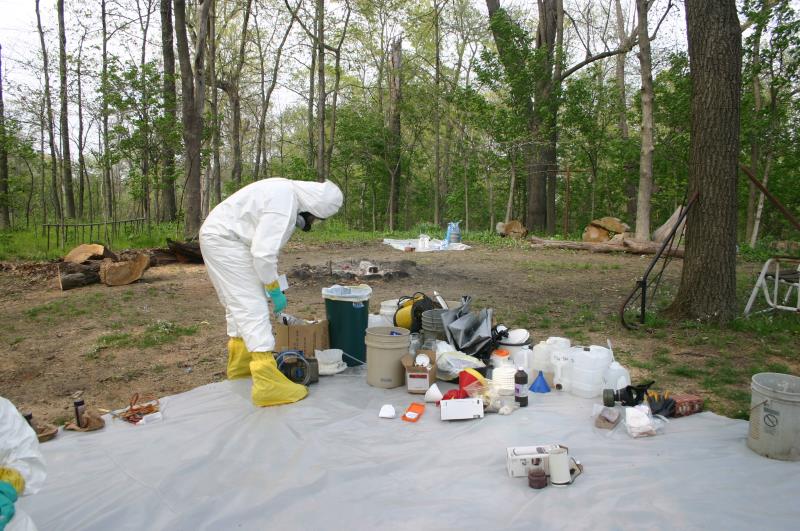Visit the website manufacturing of methamphetamine involves the use of various toxic chemical compounds, a lot of which are hazardous to human well being and might pose critical risks to these uncovered. The particular chemicals used can differ primarily based on the manufacturing technique, but widespread elements embrace:
Ephedrine or Pseudoephedrine: These are precursor chemical substances commonly found in over-the-counter cold drugs. They are used as the place to begin for methamphetamine synthesis.
Red Phosphorus: A highly flammable and poisonous substance, red phosphorus is often used within the manufacturing course of to convert ephedrine or pseudoephedrine into methamphetamine.
Anhydrous Ammonia: This is a concentrated form of ammonia that is generally utilized in agriculture. It is very caustic and poses health risks, particularly if inhaled or involved with the pores and skin.
Lithium: Often obtained from lithium batteries, this metallic is used within the synthesis process and could be reactive and dangerous.
Hydrochloric Acid: A corrosive and highly acidic substance used within the production course of to convert precursor chemical compounds into methamphetamine.
Sodium Hydroxide (Lye): A sturdy base used to regulate the pH in the course of the synthesis process.
Acetone: A extremely flammable solvent used within the manufacturing process for extraction and purification.
Toluene: A solvent with potential health hazards, together with respiratory and neurological results, commonly utilized in meth synthesis.
Sulfuric Acid: A highly corrosive and strong acid used in the manufacturing process.
Iodine: Used in certain synthesis strategies to provide methamphetamine.

Methylamine: A precursor chemical utilized in some strategies of methamphetamine synthesis.
It's essential to note that the chemical substances listed above are only a selection, and the precise mixture and portions can differ relying on the precise synthesis technique employed. The manufacturing of methamphetamine is unlawful, and the use of these chemicals poses vital dangers to the surroundings and public health. The residues left behind after meth production can contaminate surfaces, posing long-term well being dangers to those that come into contact with them. This is why the cleanup of former meth labs requires specialized knowledge and professional expertise..
